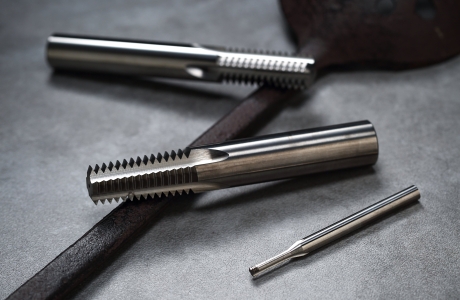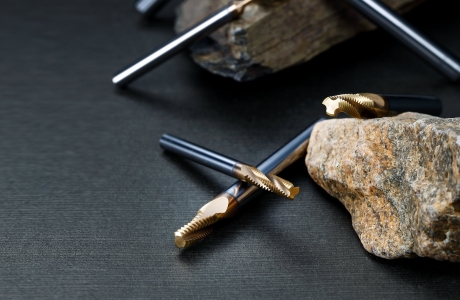Guide to Tapping Issues and Troubleshooting Checklist
Guide to Tapping Issues and Troubleshooting Checklist
Tapping is one of the most common — and often most frustrating — operations in thread machining. A single mistake can lead to broken taps, damaged threads, and wasted materials. But the good news is, most of these problems are preventable.
This article brings together real-world experience and expert insight in a clear and practical way. Whether you're a shop floor technician, quality control engineer, or manufacturing lead, this guide will help you spot issues faster and solve them more confidently.
What Usually Goes Wrong in Tapping?
If you're seeing broken taps, threads that don't meet spec, or taps that just don't feel right when cutting — the problem likely falls into one of these five areas:
- Spindle and alignment issues
- Is the spindle runout less than 0.01 mm?
- Are you using a high-precision machine, like a CNC? - Tap holding and alignment
- Is the tap clamped securely in a floating holder?
- Is the tap aligned straight with the hole axis? - Hole depth and space for chips
- Is there enough clearance for chips to evacuate?
- Are stepped or shallow holes causing blockage? - Coolant and lubrication
- Are you using oil-based cutting fluid for better lubrication?
- Is the coolant supply consistent and targeted? - Chip formation and evacuation
- Are you getting long, stringy chips (bad)? Or short, broken chips (good)?
Tapping Trouble Shooting Checklist
| What to Check | Ask This Question | Why It Matters |
|---|---|---|
| Tap Spec & Type | What’s the tap spec? (e.g., 5/8-18UN) | Make sure the tap matches the thread you're making |
| Tap Condition | Is it broken? Which tap failed? | Distinguish between tool wear and setup problems |
| Tapping Depth | How deep are you tapping? | Threads might be incomplete if depth is too short |
| Speed & Feed Settings | What RPM and feed rate are you using? | Wrong settings = broken or worn taps |
| Chip Shape | Are the chips long or short? | Long chips can tangle and jam the tool |
| Coolant Type | Oil-based or water-based coolant? | Oil is usually better for tap life |
| Hole Specs | Is it blind or through? Proper diameter? | Small or irregular holes block tap movement |
| Material | What material are you tapping? Hardened? | Harder materials need more torque and care |
| Tapping Method | Rigid tapping or floating holder? | Mismatched method can cause poor thread quality |
| Machine Function | Does the machine support rigid tapping? | If not, use a floating holder to prevent damage |
| Machine Rigidity | Is it a CNC or high-rigidity machine? | Loose machines cause misalignment |
| Spindle Runout | Is runout under 0.01 mm? | Too much runout = broken tap |
| Tap Clamping | Is the tap installed straight and tight? | Misaligned mounting leads to uneven cutting |
| Tap-Hole Alignment | Is the tap in line with the hole? | Misalignment leads to side loading and breakage |
| Lubrication | Are you using proper oil-based coolant? | Good lubrication reduces friction and heat |
| Compensation | Floating holder or rigid setup? | Compensation helps fix minor alignment errors |
| Tap Wear / Thread Pitch | Is the tap worn out or pitch inconsistent? | Worn taps create bad threads or fail completely |
Final Thoughts
Tapping doesn’t have to be a headache. With the right tools, setup, and process checks, it’s a reliable operation that can run smoothly and consistently.
Other
-
27.Oct.2023
Why and How to use carbide tap
-
27.Sep.2023
Carbide Threading Tools



